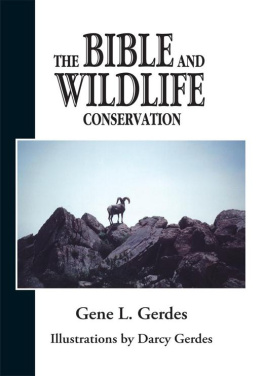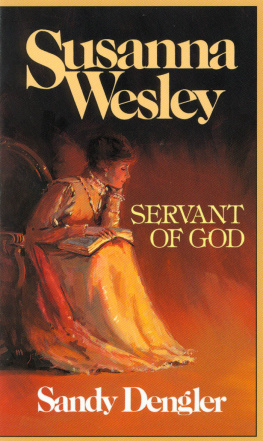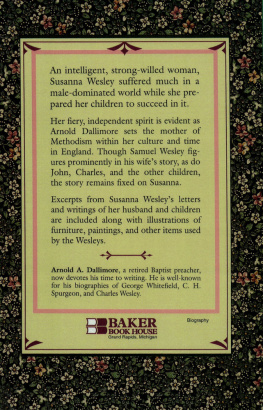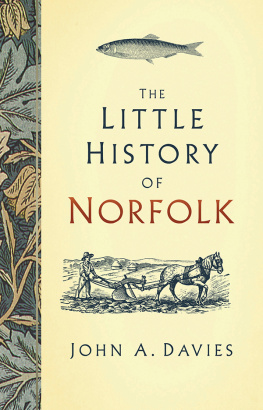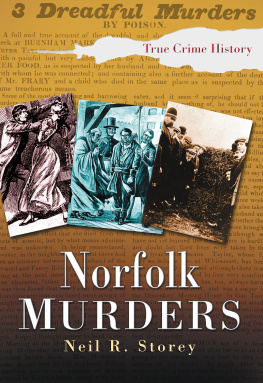The Conservation Movement
in Norfolk
Rare and beautiful Norfolk, as described by the artist John Sell Cotman in 1841, with its rich wildlife habitats, historic buildings, diverse landscapes and archaeological sites, has long been a focus of interest for both naturalists and antiquarians. It has also been at the forefront of the modern conservation movement. The Norfolk Archaeological Trust, still the only local trust of its kind, was founded in 1923; the Norfolk Naturalist Trust, (later the Norfolk Wildlife Trust), founded in 1926, was the first county wildlife trust; while Blickling Hall was the first property to be accepted by the National Trust under its Country House Scheme. By the 1970s traditional marshes were seen as particularly under threat and it was proposals to drain part of the Broadland marshes that led to the introduction of conservation schemes which have transformed much of British agriculture.
In this engaging book, the author traces the history of the conservation movement and the people who were involved, including the Norfolk botanist and founder of the Linnean Society, Sir James Smith. In particular, she shows the influence of changing social attitudes and priorities upon the movement and ideas of heritage.
Susanna Wade Martins is an honorary fellow of the School of History at the University of East Anglia; her previous publications include Coke of Norfolk: A Biography and The Countryside of East Anglia (with Tom Williamson).
Rare and beautiful Norfolk as seen by the Norwich School of painters: James Stark (17941859), Whitlingham from Old Thorpe Grove, oil on canvas.
Copyright Susanna Wade Martins 2015
All Rights Reserved. Except as permitted under current legislation no part of this work may be photocopied, stored in a retrieval system, published, performed in public, adapted, broadcast, transmitted, recorded or reproduced in any form or by any means, without the prior permission of the copyright owner
The right of Susanna Wade Martins to be identified as the author of this work has been asserted in accordance with sections 77 and 78 of the Copyright, Designs and Patents Act 1988
First published 2008
This edition published 2015
The Boydell Press, Woodbridge
ISBN 978 1 78327 007 1 Paperback
ISBN 978 1 78204 521 2 eBook
The Boydell Press is an imprint of Boydell & Brewer Ltd
PO Box 9, Woodbridge, Suffolk IP12 3DF, UK
and of Boydell & Brewer Inc.
668 Mount Hope Ave, Rochester, NY 146202731, USA
website: www.boydellandbrewer.com
A CIP catalogue record for this book is available
from the British Library
The publisher has no responsibility for the continued existence or accuracy of URLs for external or third-party internet websites referred to in this book, and does not guarantee that any content on such websites is, or will remain, accurate or appropriate.
Based upon the original book design by Simon Loxley
Acknowledgements
The writing of this wide-ranging volume has been greatly assisted by the generosity of many people, some of whom are mentioned below. The Norfolk Wildlife Trust allowed me to search through their archives and provided me with a comfortable room in which to work and cups of coffee to keep me going. As always, the staff at the Norfolk Record Office were helpful and spent time finding documents which were not always easy to locate. Many individuals also gave of their time to help me. Alison Yardy of the Historic Environment Service looked out material, helped check references and made digital copies of illustrations. Robert Driscoll was particularly helpful in providing material and information about the Norfolk Broads. Richard Brook of the Forestry Commission sought out photographs and explained the role of the Forestry Commission in Breckland, and Tim ORiordan and Peter Grimble provided information on recent environmental history. Merlin Waterson and John Sheail read early drafts of this book and provided much helpful advice. The maps were kindly drawn by Trevor Ashwin. I am also grateful to the anonymous readers for their hard work. As always, my husband Peter, whose idea this book was, has supported this project along the way. Those who have generously allowed copyright material to be reproduced as plates are acknowledged in the list of plates.
Map 1
Map showing the statutory protection of the historic environment by the distribution of listed buildings designated by national government and conservation areas designated by local authorities.
Map 2 Protection of the natural environment
Map showing protection of the natural environment by both government protection and voluntary trusts, and the main landscape zones of Broadland, Breckland and the Fens.
NATIONAL TRUST 1 Blakeney Point; 2 Heigham Holmes, Martham; 3 West Runton and Beeston Regis Heath; 4 Horsey Estate
RSPB 1 Titchwell; 2 Berney Marshes; 3 Buckenham Marshes; 4 Rockland Marshes; 5 Snettisham; 6 Strumpshaw Fen; 7 Surlingham (Broad)
WILDLIFE AND WETLAND TRUST 1 Welney Washes
NATIONAL NATURE RESERVE 1 Swanton Novers; 2 Foxley Wood; 3 Weeting Heath; 4 Thetford Heath; 5 Brettenham Heath; 6 Winterton Dunes; 7 Ant Broads and Marshes; 8 How Hill, Ludham; 9 Mid Yare NR; 10 Bure Marshes NR; 11 Blakeney Point; 12 Holkham; 13 Scolt Head island; 14 Martham Broad; 15 Holme Dunes; 16 Roydon Common; 17 The Wash; 18 Dersingham Bog; 19 Calthorpe Broad; 20 Redgrave and Lopham Fen
NORFOLK WILDLIFE TRUST 1 Alderfen Broad; 2 Barton Broad; 3 Booton Common; 4 Bretts Wood; 5 Buxton Heath; 6 Cley Marshes; 7 Cockshoot Broad; 8 East Winch Common; 9 East Wretham Heath; 10 Foxley Wood; 11 Hethel Old Thorn; 12 Hickling Broad; 13 Holkham Fen; 14 Hoe Rough; 15 Holme Dunes; 16 Holt Lowes; 17 Honeypot Wood; 18 Lolly Moor; 19 Lower Wood, Ashwellthorpe; 20 Martham Broad; 21 Narborough Railway Line; 22 New Buckenham Common; 23 Ranworth Broad; 24 Ringstead Downs; 25 Roydon Common and Grimston Warren; 26 Salthouse Marshes; 27 Scarning Fen; 28 Sparham Pools; 29 Stanley Carrs; 30 Swangey Fen; 31 Syderstone Common; 32 Thetford Heath; 33 Thompson Common; 34 Thorpe Marshes; 35 Thursford Wood; 36 upton Broad and Marshes; 37 Wayland Wood; 38 Weeting Heath









